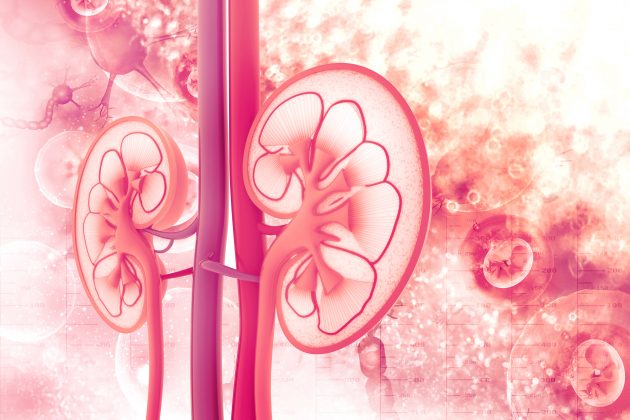Pediatric patients with end-stage kidney disease treated with kidney transplantation have improved quality of life and prolonged life expectancy. Aydincan Akdur, MD, and colleagues at Baskent University, Ankara, Turkey, conducted a study to examine surgical complications following pediatric kidney transplantation. Results of the study were reported during a virtual poster session at the 28th International Congress of the Transplantation Society in a poster titled Surgical Complications after Pediatric Kidney Transplantation.
Of the 3080 kidney transplantation procedures performed at two centers by the same transplantation team from November 1975 to November 2019, 355 of recipients were children (≤18 years of age). The medical records of the 355 patients were used to obtain data on primary cause of kidney failure, patient age and weight at time of transplantation, type of graft, and clinical outcomes of both recipient and donor.
Of the 355 procedures, 31.9% (n=113) were deceased donor transplantation and 68.1% (n=242) were living donor transplantation. The centers perform renal arterial anastomoses and ureteral anastomoses by means of a corner saving technique. There was no major donor morbidity or donor mortality in the study cohort.
A total of 215 of the patients were girls, and mean age was 13.6 years. During the early postoperative period, there were two cases of renal artery thrombosis, one of renal artery kinking, two renal vein thrombosis, and two renal vein kinking. Six patients underwent surgery for vascular complications. Thrombectomy was performed for patients with renal artery thrombosis and renal vein thrombosis. The position of the grafts was changed for the patients with renal artery kinking and renal vein kinking. Double J stent was not used during transplant surgery for the six patients.
During the late follow-up period, renal arterial stenosis was identified in three patients who were managed with percutaneous angiography and stenting. The incidence of symptomatic lymphoceles following pediatric kidney transplantation at the center has been 4.2%. Percutaneous drainage was used for the treatment of lymphocele.
Five-year patient survival rates were 91.9%. There was no association between surgical complications and mortality.
In conclusion, the researchers said, “Graft survival dramatically increased over the past years and is now superior to those observed in adult kidney transplantation, particularly in experienced teams with microsurgery skills.”
Source: Akdur A, Baskin E, Ersoy Z, Moray G, Haberal MA. Surgical complications after pediatric transplantation. Abstract of a poster presented at the virtual 28th International Congress of the Transplantation Society (Abstract P-11.78), September 13-16, 2020.
Credit: Original article published here.










